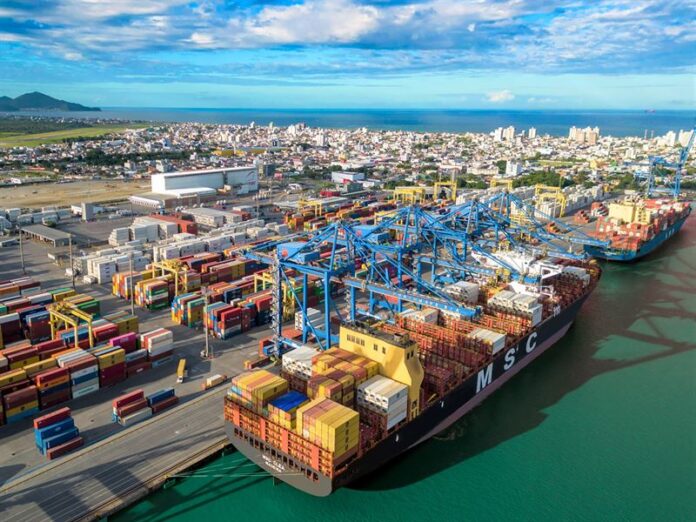Portonave, the first private box terminal in Brazil, located in the southern part of the country, has ordered 14 fully electric RTGs from Konecranes.
The order, which is the first deal between Konecranes and the Brazilian terminal, was booked in the fourth quarter of 2024, and the equipment will be delivered in mid-2026.
The road to zero tailpipe emissions operation in container handling, Ecolifting, will reach Portonave when these Konecranes RTGs get to work in 2026.
On an annual basis, the box terminal handles approximately 1.2 million TEUs. In 2024, Portonave recorded the highest vessel productivity among all Brazilian ports. The terminal is also pursuing ongoing expansion plans, with a strong focus on enhancing operational efficiency and continuously reducing emissions through innovative technological solutions.
“There’s plenty of room to reduce emissions in Brazilian container handling operations, at the seaside, inland, everywhere. Portonave is a great example of how it’s possible to achieve zero tailpipe emissions, step by step. Konecranes will be here to give Portonave the container handling help it needs going forward,” stated Alfredo Ramirez, Regional Sales Director, Port Solutions, Konecranes.
The RTGs are battery-driven with charging applied dynamically through a busbar system. This allows zero tailpipe operation, as there is no need for auxiliary diesel gensets. If an electricity outage occurs, Portonave’s RTG container handling will continue uninterrupted. The RTGs can operate for up to four hours on the batteries, which will be charged automatically when power from the grid is restored.
Portonave’s new RTGs will have a suite of Smart Features: Stack Collision Prevention, Auto-TOS Reporting, Auto-Truck Guiding, Truck Lift Prevention and Gantry Collision Prevention. They will also be equipped with special auto-steering and positioning technology that will help the operators drive the RTGs through the busbar system in the container stacks.







